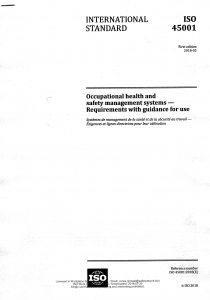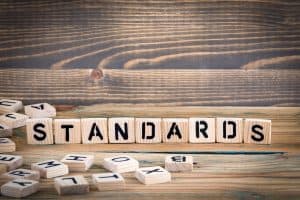A reader recently asked why I haven’t written about the recent retirement of Professor Michael Quinlan. Michael has featured in many SafetyAtWorkBlog articles over many years and has been a major supporter for industrial, labour relations and occupational health and safety research in Australia and elsewhere for a long time.
He has many legacies but this article will focus on one tool he developed with his associate Phillip Bohle – the Pressure, Disorganisation and Regulatory Failure (PDR) model. PDR is explained at length in this excellent 2011 research paper written with Elsa Underhill and is summarised in the table below:

 Occupational health and safety (OHS) is easy. Change is hard. OHS can identify workplace hazards and risks but it is the employer or business owner or Person Conducting Business or Undertaking (PCBU) who needs to make the decision to change. All of this activity occurs within, and due to, the culture of each workplace and work location. OHS lives within, and affects, each company’s organisational culture but a safety subculture is almost invisible, so it is worth looking at the broader organisational culture and there is no better show, at the moment in Australia, than
Occupational health and safety (OHS) is easy. Change is hard. OHS can identify workplace hazards and risks but it is the employer or business owner or Person Conducting Business or Undertaking (PCBU) who needs to make the decision to change. All of this activity occurs within, and due to, the culture of each workplace and work location. OHS lives within, and affects, each company’s organisational culture but a safety subculture is almost invisible, so it is worth looking at the broader organisational culture and there is no better show, at the moment in Australia, than  In late July 2018, the
In late July 2018, the  Recently the Safety Institute of Australia (SIA) published
Recently the Safety Institute of Australia (SIA) published 
 The publication date for the first truly international Standard on occupational health and safety (OHS) management systems,
The publication date for the first truly international Standard on occupational health and safety (OHS) management systems,